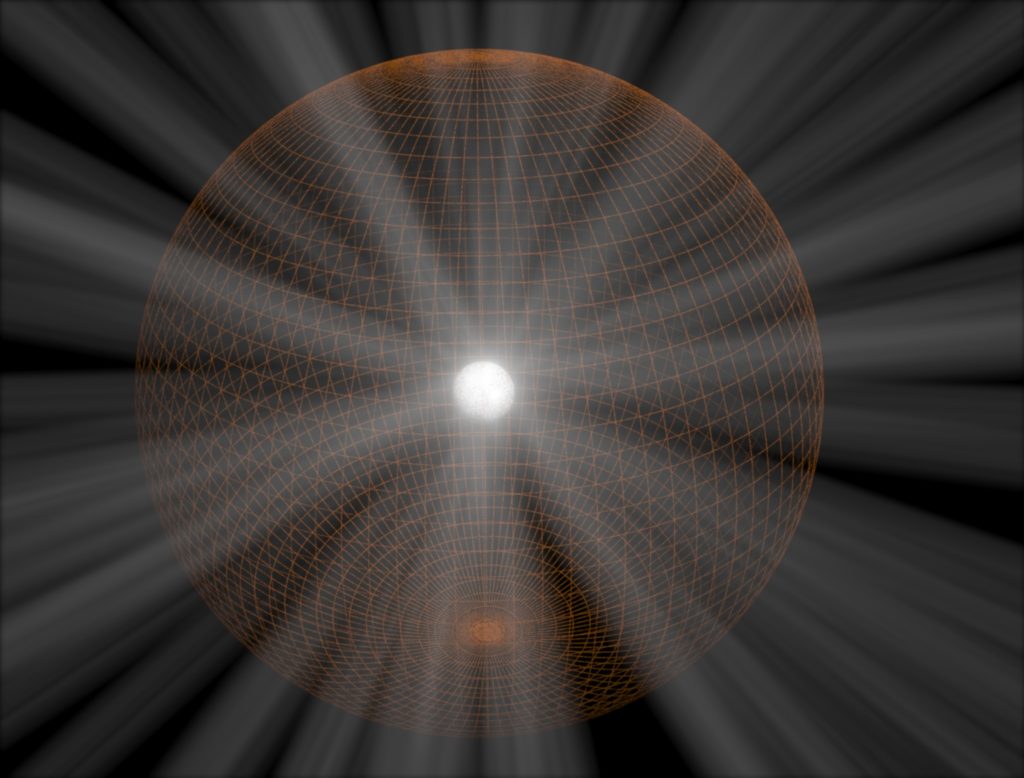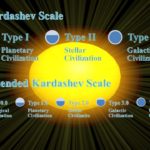If the world’s energy requirements continue to increase, there might come a time when our civilization would require all energy output from our parent star, the Sun. The energy output from the Sun is 3.9 x 1026 W. If our civilization is able to capture even one-fourth of this energy, we would reach a “type II civilization” status according to the Kardashev scale. But the main question remains, how can we capture that much energy from our star.
What is a Dyson sphere?
A Dyson sphere is a theoretical megastructure that will be able to capture all of the energy output from our star. Since our Sun is almost a perfect sphere, a spherical-shaped structure around it would be most suitable to harness all of the energy, and a Dyson sphere is just that, a spherical megastructure around a star to capture all of its output energy. The Dyson sphere is named after a physicist and a mathematician named Freeman Dyson.
Although the Dyson sphere’s literal meaning implies a sphere around the star, it will be mechanically extremely difficult to make. As such, there are many possible designs of such a sphere, amongst which, only three are discussed here.
Dyson swarm
This idea most closely resembles the idea put forward by Dyson. A Dyson swarm will consist of many small independent structures or satellites revolving around the star in form of a, swarm. In its simplest form a ring-shaped arrangement would be considered a Dyson swarm, where each satellite in the swarm would govern its own mechanics of transmitting energy from the star to the desired planet but all the satellites will share the same orbit.
Dyson bubble
This design would be an increment form of the Dyson swarm where multiple Dyson swarms will replace the single Dyson swarm. These multiple swarms, in the shape of rings (where satellites have same orbiting path), would orbit around the star.
Dyson shell
Dyson shell is a sphere that will completely cover the star and transmit all of the star’s power to the desired planet. A simple shell-type Dyson sphere is shown in Figure 1 where a star is completely covered by a hypothetical megastructure of a Dyson sphere.

Limitations in the implementation of the Dyson sphere
- A rigid solid sphere around the Sun would require heaps of material that might not be available all around our solar system.
- A rigid solid sphere might drift off from its course due to the collisions from asteroids and hit the star it was meant to be orbiting.
- A Dyson swarm might be possible but it will not be able to collect that much energy from it. Moreover, the technological requirements for a Dyson swarm are pretty stingy.
Further reading
If you liked this post you might be interested in reading the following posts.


